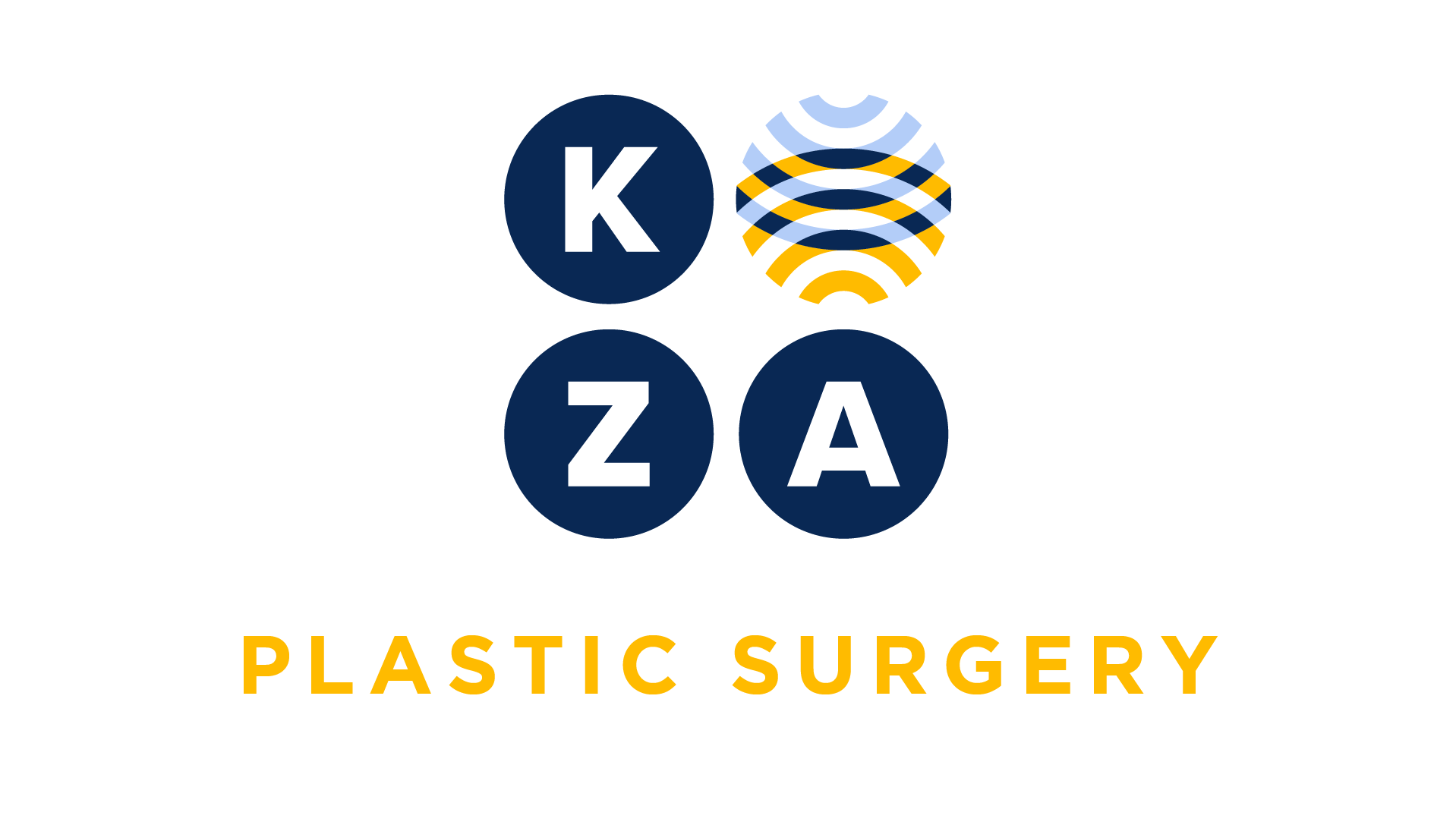
Choose your specialty from the list below to see how our experts have tackled a wide range of client questions.
Looking for something specific? Utilize our search feature by typing in a key word!
Shared Visits in the Hospital for Medicare
I have a question regarding 2023 shared visit rules. I am reviewing an E&M note where I will select the level of E&M based on the MDM being the substantive part and not time. My question: does each provider have to document their individual time if not a factor in the level of E&M I recommend?
Question:
I have a question regarding 2023 shared visit rules. I am reviewing an E&M note where I will select the level of E&M based on the MDM being the substantive part and not time. My question: does each provider have to document their individual time if not a factor in the level of E&M I recommend?
Answer:
No, the documentation of time is not required if Time will not be a determining factor in E&M code selection.
CMS has delayed the implementation of Time as driver for defining the substantive part of the shared encounter until January 2024.
The following excerpt is from the Final Rule published in November 2022.
Page 212:
“After consideration of public feedback, we proposed to delay implementation of our definition of the substantive portion as more than half of the total time until January 1, 2024. We continued to believe it is appropriate to define the substantive portion of a split (or shared) service as more than half of the total time, and proposed that this policy will be effective beginning January 1, 2024….”
You may consider working with your providers to start documenting time should CMS move forward with a final implementation of Time as the driver of substantive time in 2024. This would allow them to become familiar with including this in their notes, while informational at this time, if the code is to be selected on the MDM and not time.
Removal of Eschar
My plastic surgery saw a patient who sustained an approximately 40% total body surface area burn in a fire. He has previously undergone excision and allograft placement of his extremities. He now came back for removal of the eschar that remains present on his torso and bilateral thighs. The total area excised was 5275 sq cm. How would I code this?
Question:
My plastic surgery saw a patient who sustained an approximately 40% total body surface area burn in a fire. He has previously undergone excision and allograft placement of his extremities. He now came back for removal of the eschar that remains present on his torso and bilateral thighs. The total area excised was 5275 sq cm. How would I code this?
Answer:
You will report CPT code 15002 (surgical preparation) for the first 100 sq cm and 15003 for each additional 100 sq cm. CPT code 15003 is reported with 52 units.
POST OP Hemorrhage Repair
My coder says I cannot bill for taking the patient back to the OR to repair a post-op hemorrhage during the global period. She says that all complications are included in the payment for the initial surgery. Is that correct?
Question:
My coder says I cannot bill for taking the patient back to the OR to repair a post-op hemorrhage during the global period. She says that all complications are included in the payment for the initial surgery. Is that correct?
Answer:
No, that is not the case. You may bill for the post-op hemorrhage repair if you take the patient back to the OR. CPT and Medicare agree that taking the patient back to the OR to treat a complication is billable. Modifier 78 (unplanned return to the OR) is appended to the procedure code(s) performed to treat the hemorrhage. The appropriate ICD-10-CM code for a postoperative hemorrhage would also be reported.
E/M Coding Based on Time
When choosing the level of E/M we are confused about the History and Exam. If we choose a level of E/M based on time, does this time count toward total time, or is it only time spent on MDM?
Question:
When choosing the level of E/M we are confused about the History and Exam. If we choose a level of E/M based on time, does this time count toward total time, or is it only time spent on MDM?
Answer:
When choosing a level of E/M based on time, CPT identifies the following activities as those that may contribute to total time on the date of service. As displayed below in bold font, obtaining the history and performing the exam contribute to the total time for code selection. These activities occur on the same day as the actual encounter to contribute to the level of service.
Physician/other qualified health care professional time includes the following activities when performed:
- preparing to see the patient (eg, review of tests);
- obtaining and/or reviewing separately obtained history;
- performing a medically appropriate examination and/or evaluation;
- counseling and educating the patient/family/ caregiver;
- ordering medications, tests, or procedures;
- referring and communicating with other health care professionals (when not separately reported);
- documenting clinical information in the electronic or other health record;
- independently interpreting results (when not separately reported) and communicating results to the patient/family/caregiver; and
- care coordination (when not separately reported).
source: CPT Assistant April 2022
Post Op Hemorrhage Repair
What Modifier do I use when I have to take the patient back to the operating room to repair a post-operative hemorrhage?. My coder told me that complications are included in the payment for the original surgery. But one of my colleagues told me I can bill for the repair during the post-op period.
Question:
What Modifier do I use when I have to take the patient back to the operating room to repair a post-operative hemorrhage?. My coder told me that complications are included in the payment for the original surgery. But one of my colleagues told me I can bill for the repair during the post-op period.
Answer:
Yes, you may bill for complication that sent the patient back to the OR for the repair. CPT and Medicare agree that taking the patient back to the OR to treat a complication is billable. Modifier 78 (unplanned return to the OR) is appended to the procedure code(s) performed to treat the hemorrhage.
Wound Debridement
What CPT code would you use for a wound debridement when the operative notes says the wound will heal by secondary intention. Do you use a repair code?
Question:
What CPT code would you use for a wound debridement when the operative notes says the wound will heal by secondary intention. Do you use a repair code?
Answer:
You would report a wound debridement code 1104X. The code selected would depend on anatomic location and total sq cm. You would not report a repair code. Secondary intention healing is when a wound is left open. No sutures or other materials are used to close the wound. Dressings are applied instead in order to protect the wound from contamination.

